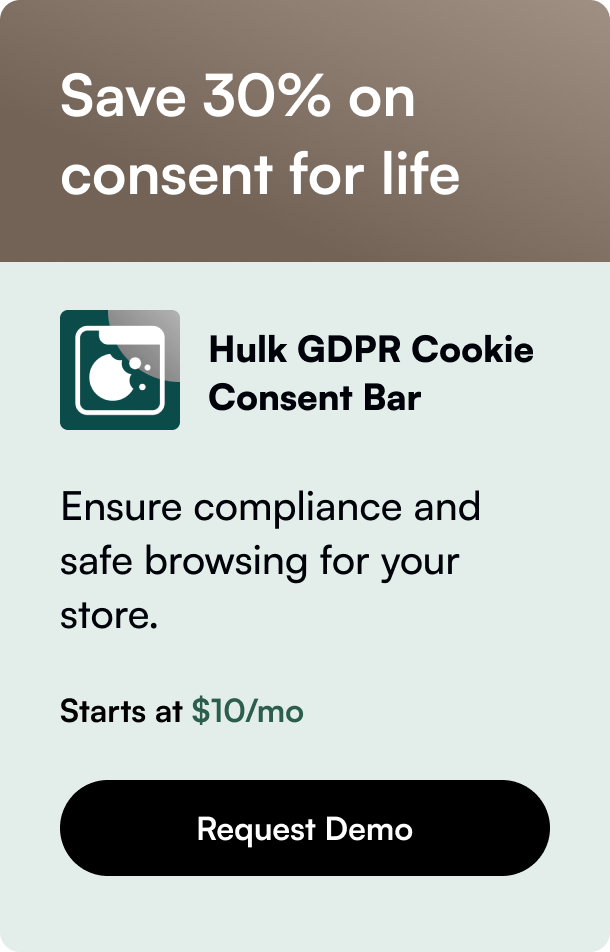Table of Contents
- Introduction
- Optimizing Your Shopify Site Structure
- Accelerating Site Speed
- Keyword Research: The Heart of Shopify SEO
- Content is King: Crafting SEO-Friendly Content
- Building Links: The SEO Currency
- Harnessing the Power of SEO Tools
- FAQ Section
Introduction
Did you know that over 3.5 billion Google searches are performed daily? For Shopify store owners, appearing at the top of search results is crucial to driving traffic and increasing sales. However, with millions of online stores vying for attention, how can you make yours stand out? This is where Search Engine Optimization (SEO), the beacon of hope, comes into play. Starting with an interesting statistic hooks our dear readers, highlighting the massive potential SEO holds for your Shopify store. SEO isn't just a strategy; it's a necessity in today's digital marketplace.
In this comprehensive guide, you'll learn how to optimize your Shopify website for search engines in 2024. We'll cover everything from site structure to advanced SEO tools, ensuring that by the end of this post you'll have a clear action plan. Whether you're a seasoned pro or just starting out, this guide will offer valuable insights to help increase your store's visibility, traffic, and sales. Join us on this SEO journey to unlock the full potential of your Shopify website.
Optimizing Your Shopify Site Structure
A well-organized site structure is the foundation of effective SEO. It enhances user experience and makes it easier for search engines to crawl and index your website. Here are essentials steps to optimize your site structure:
- Keep It Simple: A hierarchy that's too complicated can confuse both customers and search engines. Aim for a clean, straightforward structure where products are just a few clicks away from the homepage.
- Create Clear Navigation: Use clear, descriptive categories and subcategories that reflect your products. This not only helps customers find what they're looking for but also improves your site's SEO.
- Implement a Responsive Design: With mobile devices accounting for over half of web traffic, having a responsive design isn't optional. It ensures your site looks great on all devices, improving user experience and SEO.
Accelerating Site Speed
Site speed is a critical ranking factor. A fast-loading site improves user experience, reducing bounce rates and boosting your SEO rankings. Here's how to speed up your Shopify store:
- Optimize Images: Large images can dramatically slow down your site. Use tools like Shopify's image editor or third-party apps to compress images without losing quality.
- Reduce Redirects: Too many redirects can slow down your site. Keep them to a minimum and ensure your website's architecture is as streamlined as possible.
- Leverage Browser Caching: This technique allows visitors' browsers to store parts of your site, so it loads faster on their next visit.
Keyword Research: The Heart of Shopify SEO
Identifying and integrating the right keywords is fundamental to SEO success. Use tools like Google Keyword Planner or SEMrush to discover what your potential customers are searching for. Remember to focus on:
- Long-Tail Keywords: These are longer and more specific keyword phrases. They may have lower search volumes but often lead to higher conversion rates.
- Search Intent: Understand why someone is searching for a particular keyword. Is it to buy, to get information, or to compare products? Tailoring your content to match search intent is crucial.
Content is King: Crafting SEO-Friendly Content
High-quality, engaging content is vital for SEO. It attracts visitors, keeps them on your site longer, and encourages backlinks. Here are content strategies to boost your SEO:
- Regularly Update Your Blog: A blog is a fantastic tool for targeting long-tail keywords and providing valuable information that addresses your customers' needs and questions.
- Use Rich Media Content: Incorporate videos, infographics, and interactive content to engage users and encourage them to spend more time on your site.
Building Links: The SEO Currency
High-quality backlinks from reputable sites signal to search engines that your site is an authoritative source. Here's how to build backlinks:
- Guest Blogging: Contribute high-quality content to relevant blogs in your industry to gain backlinks.
- Partner with Influencers: Collaborate with influencers who can provide backlinks through product reviews or sponsored content.
Harnessing the Power of SEO Tools
Leverage SEO tools to automate and streamline your optimization efforts. Shopify offers several SEO apps and plugins, while external tools like SEMrush, Ahrefs, and Yoast SEO provide deeper insights and optimizations.
FAQ Section
Q: How often should I perform an SEO audit on my Shopify store? A: Ideally, you should conduct an SEO audit every six months to ensure your website remains optimized according to the latest search engine algorithms.
Q: Can SEO guarantee first-page rankings on Google? A: While no one can guarantee first-page rankings, following best SEO practices increases your chances of ranking higher in search results.
Q: Is it necessary to use paid SEO tools? A: While many excellent free SEO tools are available, paid tools often provide more in-depth analyses and features that can further enhance your SEO strategy.
In conclusion, optimizing your Shopify website for search engines requires a comprehensive approach that integrates site structure, speed, keyword research, content creation, and backlinks. By implementing the strategies outlined in this guide, you'll not only improve your site's visibility but also create a better user experience that converts visitors into customers. Remember, SEO isn't a one-time task—it's an ongoing journey that keeps your Shopify store competitive and visible in the ever-evolving digital landscape.








